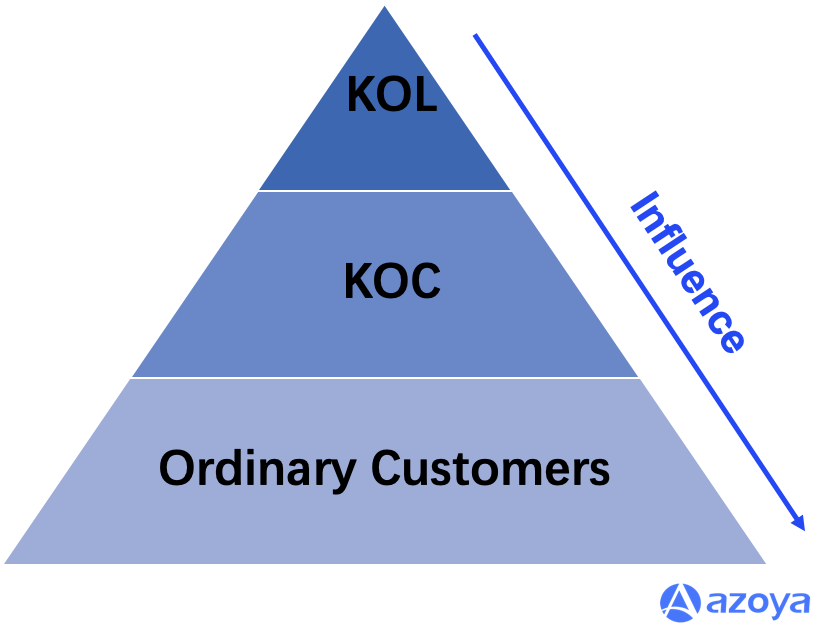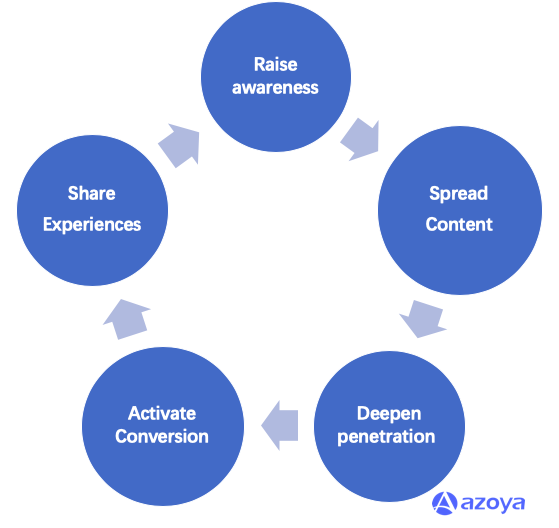KOCs: A New Breed of Influencers
KOCs have become a new channel through which brands can engage customers
by Ker Zheng & Queenie Yao
KOLs, or key opinion leaders, are dominating online marketing in China.
Top influencers like Viya and Austin Li have cultivated millions of fans and are highly sought after by top brands in fashion and beauty.
But in 2019 a new breed of influencers began to take off: KOCs, or key opinion consumers. These micro-influencers are ordinary customers who regularly share their opinions and product reviews on social media platforms, developing small but highly engaged, loyal groups of followers.
We take a look at KOCs, why they’ve taken off, and how they could be the future of marketing in China.
How KOCs are Different from KOLs
KOCS are distinctly different from typical influencers in a few key ways:
1. Smaller but more targeted, loyal fan base. KOCs may only have a few hundred to a few thousand followers, but these consumers are more likely to think and act like them. KOCs may focus on certain niches and develop stronger product expertise.
2. Less paid (or not paid at all). Followers are more likely to trust KOCs because they’re typically unpaid or paid very little by brands. It is common for brands to send free samples to KOCs in exchange for independent reviews on social media.
3. Leverage private domain traffic to reach consumers. KOCs are more likely to reach their followers through private WeChat groups, which contain a maximum of 500 users. There is more interaction in these groups when compared to, say, Weibo, where the interface is more like Twitter and accounts may have many followers but low engagement.

In a sense, KOC marketing is similar to Amway-style multi-level marketing campaigns, where the brand seeks out a few select "super-customers" to become evangelists for them. Thus, products in the lifestyle, beauty, and food categories are a better fit for this type of marketing.
Also, such products in this category are relatively inexpensive and customers are open to trying different brands. They are also more visual, making it easier for KOCs to market with pictures and even video reviews.
KOCs have taken off partly because the new generation of consumers, Generation Z (<25 years of age), is less interested in products recommended by celebrities. They have become overwhelmed by the amount of promotional content thrown at them every day and are looking for more authentic content, from peers they can relate to.
Because of this, KOCs have played an important role in improving engagement between brands and customers. The only downside is that because their focus groups are smaller, a brand may have to work with many, many different KOCs to reach the same number of people that a KOL could with a single post.

This makes it harder to manage the kind of content that is circulated amongst potential customers. Nevertheless, the goal isn't to control the conversation between brands and customers but to facilitate free-flowing discussions. This encourages customers to share and forward content and products with one another.
KOCs are important in that they help the brand build a much closer connection with the customer, without having to spend on digital advertising. Advertising on social media platforms in China is notoriously low, which is why the industry has shifted its ad spend to KOLs and now KOCs.
How can Brands Take Advantage of KOC Marketing?
The common strategy for brands to take is to work with a few select KOLs and many different KOCs, each of whom has their own unique, targeted user bases. Here is how it works:

- Raise awareness: Top KOLs can create new topics surrounding products and set the tone for additional engagement. This plants the seed for further discussion.
- Spread content: Mid-level KOCs can add to the discussion by providing their thoughts and opinions, dispersing them through WeChat groups
- Deepen penetration: KOLs and KOCs can then prompt their followers to provide their own opinions and reviews on leading content platforms such as Xiaohongshu. This improves engagement and can convert passive followers into active users.
- Activate conversion: Working with KOLs to livestream products on Taobao enables followers to make purchases on the spot. Other KOLs may add links to product pages in the Comments section of their posts to encourage readers to make a purchase. KOCs can forward WeChat commerce product cards to encourage purchases.
- Share experiences: KOLs, KOCs, and customers can then further the discussion by sharing their real-life experiences with the product after using it.
KOCs and the Future of Digital Marketing
The development of KOCs is aligned with the personalization trend that is sweeping the retail industry in China. As customers become more sophisticated and look for newer, niche products with which they can differentiate themselves, they also need more personalized content to help discover and understand such products.
For example, for versatile products such as multi-step color cosmetics, there are many different applications and ways through which customers can use the products.
To add to this, search-driven e-commerce is also becoming saturated and future transaction growth in the industry will be driven by content, in which customers discover personalized content on social media as the first step in the buying journey.
KOCs can play an important role in disseminating personalized information and tutorials, while the official brand maintains a standardized image and approach.
Key Takeaways
1. KOCs are ordinary consumers that have become micro-influencers through sharing their experiences with products on social media platforms. They typically have a smaller, but more loyal base of followers.
2. KOCs typically leverage private WeChat groups to engage their followers. This makes it easier to communicate directly and facilitate back-and-forth discussions.
3. The best way to leverage KOCs is to combine them with KOL marketing. KOLs can create topics and set the tone for further discussions, while KOCs can facilitate deeper engagement. The end goal is to encourage end customers to share their brand experiences on social media.